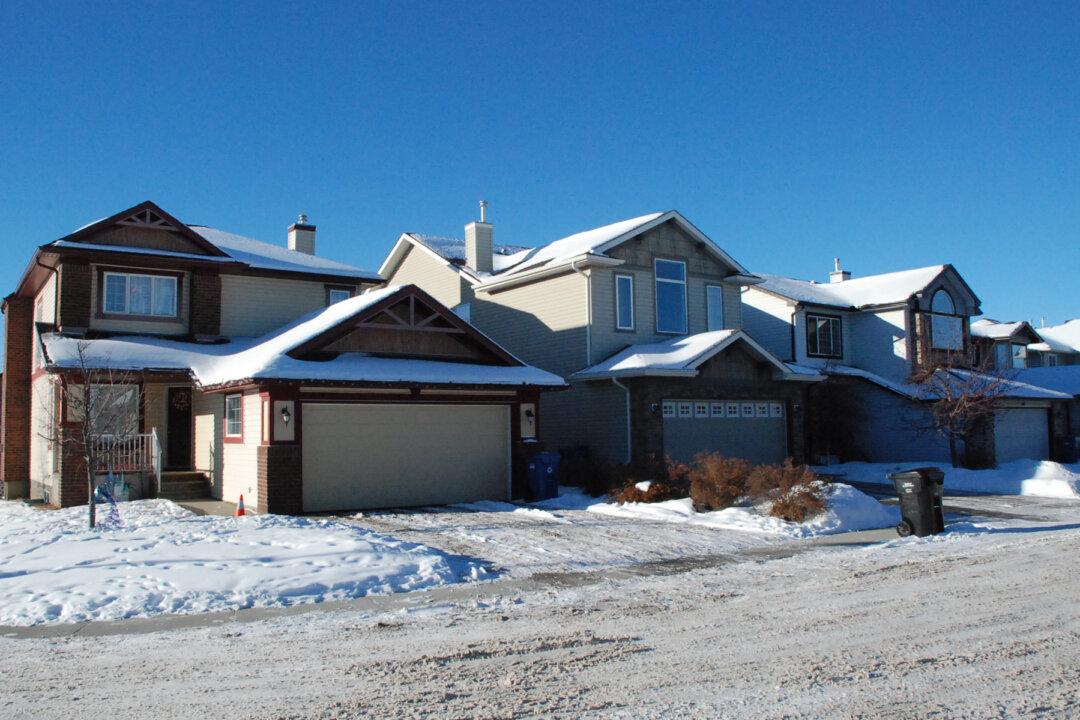Calgary’s housing market faces a difficult 2016 as oil prices dig new lows.
The shock of 2015’s oil price drop hit the economy hard, but the housing market remained resilient. Now in 2016, after the resistance of 2015 has been broken, higher unemployment and inventory are expected to take a greater toll on home prices.
“Housing is lagged,” explains Calgary Real Estate Board (CREB) chief economist Ann-Marie Lurie in an interview with Epoch Times. “We are in this higher unemployment rate for a longer period of time now and there’s no new expected job growth this year.
“That starts to impact the housing market as we move into 2016.”
The CREB, in its 2016 economic outlook and housing market forecast published Jan. 13, expects sales activity to fall 2.2 percent and the benchmark home price to decline 3.44 percent.
The sales decline may not look alarming, but it plummeted 26 percent in 2015 to a “very low level of sales activity for our market. And it is well below long-term averages,” says Lurie.
Housing Downturn in Calgary Takes Shape for 2016
Calgary’s housing market faces a difficult 2016 as oil prices dig new lows.

Houses in Calgary Southwest on Jan. 12, 2016. Dane Crocker/Epoch Times

Rahul Vaidyanath
Journalist
|Updated:
It will come down to what employment and net migration numbers look like.
, Chief Economist, Calgary Real Estate Board
Rahul Vaidyanath is a journalist with The Epoch Times in Ottawa. His areas of expertise include the economy, financial markets, China, and national defence and security. He has worked for the Bank of Canada, Canada Mortgage and Housing Corp., and investment banks in Toronto, New York, and Los Angeles.
Author’s Selected Articles



